Delving Into the Mind of an Artist.
Known for his distinctive macabre style and whimsical storytelling, Gorey’s work transcends boundaries, inviting us to explore the depths of his mysterious mind. From eerie tales to darkly humorous illustrations, each piece offers a glimpse into the artist’s unparalleled creativity and unparalleled imagination. As we unravel the layers of Gorey’s artistry, we discover a world where the whimsical dances with the eerie, and the mundane intertwines with the extraordinary. Through his intricate pen-and-ink drawings and thought-provoking narratives, Gorey invites us to question our perceptions and embrace the beauty of the unconventional.
Today, with great pleasure, we celebrate one of my absolute passions: Edward Gorey.
Today he would have been one hundred years old.
A lover of ballet, of furs (yes ok today we are scandalized, let’s move on) worn with tennis shoes, a surrealist, ironic and so not politically correct in his black humor that he cleverly disseminated criminal and/or disturbing situations in his illustrations.
Illustrator for what age? For all of them, lucky him!
Mysterious, magnetic, surrounded by dozens of cats, very British but yet American to the core (in fact I don’t think he ever left America, or only once).
He never illustrated for children even though he often drew them and didn’t like them, according to him.
Depicting them in macabre situations and making them die in the most varied of ways (be careful, we’re talking about art, don’t say no, it’s not done).
Gorey draws fear and suspended atmospheres, with a beautifully dense and decorative line.
The sign is precise, dense with lines, descriptive, never monotonous. Even when they flatten the environment, the perspective solutions give a narrative dimension that goes beyond the need for words.
A Victorian staircase decorates an apartment but could also be the place where someone falls to their death.
A richly laid table has strange creatures among its diners. And everything is normal even though it is outside the usual canon.
The snow that decorates a landscape could hide an axe stuck in a chest.
It is the discrepancy, the detail, the unexpected story between objects that should not coexist, that make me love it more than all the others.
He creates atmospheres of the past, placing them in an era extremely rich in dark stories, the 19th century, the Victorian era.
Gothic, indefinable, refined, even dandy. With an uncertain sexuality, so much so that he says it is absent in him. Provocation? Perhaps, but raising doubt and disturbance is part of the character.
Enigmatic, intellectual, macabre, solitary, original: long live the greatest myth of nonsense, I don’t have your beard or your cats, I’m not American, I don’t wear furs, you wouldn’t want me around, but darn it all, how I love you!
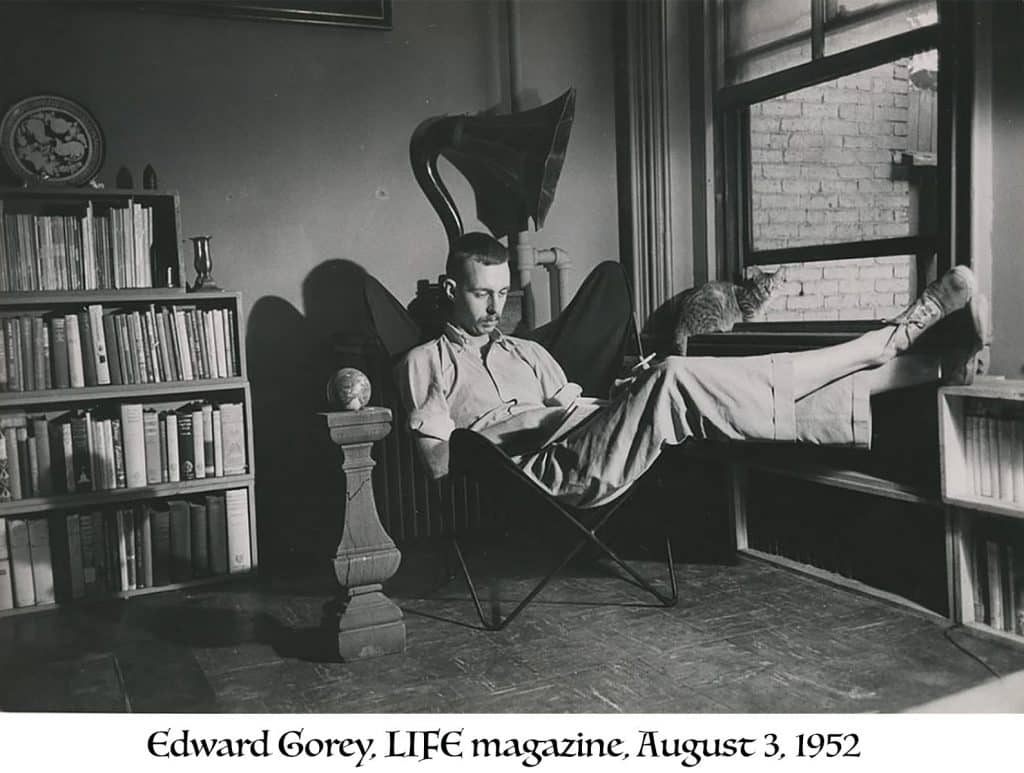
Who is Edward Gorey?
Edward Gorey, born on February 22, 1925, in Chicago, Illinois, was an American artist, writer, and playwright whose unique vision shaped a distinctive niche in the world of illustration and literature. Growing up in a cultured environment, he was exposed to art and literature from a young age, which undoubtedly influenced his later works. Gorey attended the School of the Art Institute of Chicago, and later, Harvard University, where he immersed himself in the study of literature and art. His eclectic education allowed him to blend influences from various literary and artistic movements, resulting in a style that was both singular and sophisticated.
Gorey is best known for his intricate pen-and-ink drawings, which often feature Victorian-inspired characters in surreal and often darkly humorous situations. His narratives, filled with ambiguity and absurdity, echo the themes of mortality, existentialism, and the macabre. These elements resonate deeply with audiences, leading them to ponder the deeper meanings embedded within his work. Throughout his life, Gorey published more than 100 works, including illustrated books, plays, and animated sequences, showcasing his prolific nature and diverse talents.
Despite his widespread acclaim, Gorey maintained an aura of mystery throughout his life. He was notoriously private and reclusive, often shunning the spotlight while allowing his art to speak for itself. His aversion to mainstream culture and celebrity status only added to the enigmatic appeal of his personality and work. Today, Gorey is celebrated not only as a master illustrator but also as a cultural icon who has left an indelible mark on the art world and beyond.
Edward Gorey’s artistic style and influences.
Edward Gorey’s artistic style is a fascinating amalgamation of various influences that reflect his eclectic tastes and unique worldview. His work is characterized by meticulous line work and an attention to detail that evokes a sense of nostalgia. Drawing inspiration from the Victorian era, Edwardian literature, and the Gothic tradition, he created a visual language that resonates with fans of both classic and contemporary art. His illustrations often feature elongated figures with exaggerated features, evoking a sense of whimsy that juxtaposes the macabre themes present in his narratives.
One of the most significant influences on Gorey’s artistry was his love for literature, particularly the works of authors such as Edward Lear, Charles Dickens, and the Brontë sisters. These literary giants shaped his storytelling approach and contributed to the development of his peculiar characters and plots. Additionally, the silent film era left a lasting impression on Gorey, inspiring him to incorporate elements of theatricality and drama into his illustrations. His affinity for the absurd and surreal often mirrors the visual storytelling styles of early cinema, creating a unique fusion that captivates audiences.
Moreover, Gorey’s fascination with the macabre is evident in his frequent use of motifs such as death, decay, and the supernatural. His works often feature dark humor, which serves as a counterpoint to the eerie atmosphere he creates.
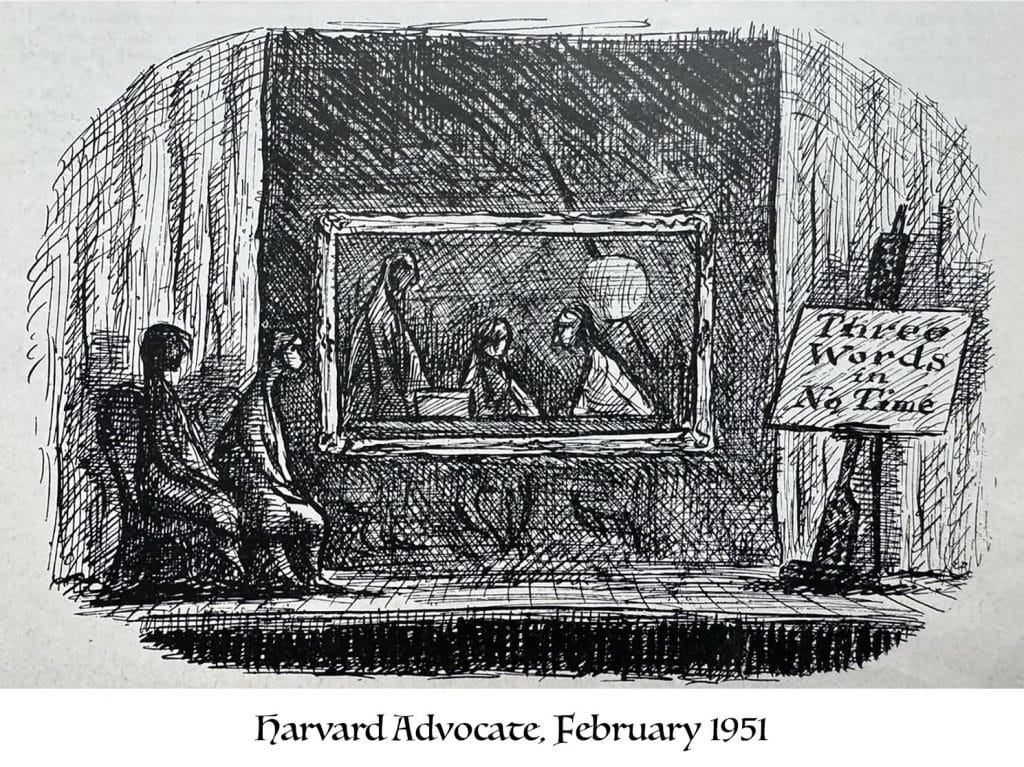
The macabre and whimsical world of Edward Gorey.
The universe crafted by Edward Gorey is a delightful yet haunting landscape where whimsy and the macabre coexist in an extraordinary dance. His stories often unfold in a world populated by eccentric characters and bizarre circumstances. The settings, usually depicted in intricate detail, evoke a sense of nostalgia while simultaneously immersing readers in an uncanny atmosphere. This unique environment serves as a backdrop for Gorey’s tales, where the ordinary transforms into the extraordinary, and the bizarre becomes commonplace.
In many of his narratives, Gorey employs a playful yet darkly humorous tone. His characters, often portrayed as hapless victims of circumstance, find themselves in surreal situations that provoke both laughter and contemplation. For instance, in “The Gashlycrumb Tinies,” Gorey introduces a series of unfortunate children, each meeting a peculiar demise. The blend of childlike innocence and grim outcomes creates a dissonance that challenges readers to confront the realities of life and death in a light-hearted manner.
Additionally, Gorey’s illustrations are rich with symbolism and hidden meanings: the interplay between text and image is masterfully executed, as each drawing adds layers to the story, often hinting at unspoken themes and emotions.
One of the most alluring aspects of Edward Gorey’s work is the myriad of mysteries embedded within his illustrations.
Each drawing invites viewers to engage with the narrative on multiple levels, encouraging them to question not only the story being told but also the broader themes and symbols at play. Gorey often leaves clues in his artwork, allowing for interpretations that range from the straightforward to the deeply philosophical. This complexity is part of what makes his art so captivating; it sparks curiosity and provokes thought, compelling audiences to delve deeper into the enigmatic world he has created.
Gorey’s use of symbolism is particularly noteworthy, as he often employs visual metaphors to convey complex ideas. For instance, recurring motifs such as skulls, animals, and peculiar architectural elements hint at broader themes of mortality, the passage of time, and the absurdity of existence. These symbols create a rich tapestry of meaning that encourages viewers to engage with the artwork on a personal level. As audiences explore the intricate details of Gorey’s illustrations, they may find their interpretations shifting and evolving, revealing new dimensions to the narratives presented.
Moreover, the ambiguity inherent in Gorey’s work adds to its allure. Many of his stories leave questions unanswered, allowing viewers to project their interpretations and emotions onto the characters and situations depicted. This open-endedness fosters a sense of connection between the viewer and the artwork, as individuals are invited to bring their perspectives and experiences to the forefront. In this way, Gorey’s illustrations transcend mere images, transforming into a dialogue between the artist and the audience that resonates long after the initial encounter.
Edward Gorey’s literary contributions.
In addition to his remarkable artistry, Edward Gorey was also a talented writer whose literary contributions have garnered significant acclaim. His narratives often blend the whimsical with the macabre, embodying a unique voice that invites readers into his surreal universe. Gorey’s stories are characterized by their brevity and wit, often delivering profound messages in a concise manner. Through his illustrative books, he effectively combines text and image to create a cohesive storytelling experience that captivates audiences of all ages.
One of Gorey’s most famous works, “The Gashlycrumb Tinies,” showcases his mastery of storytelling through rhyme and illustration. This alphabet book features a series of unfortunate children, each meeting a grim fate corresponding to their letter. The playful yet dark nature of the book exemplifies Gorey’s ability to engage readers with morbid humor while simultaneously provoking thought about the fragility of life. The rhythmic prose paired with his distinctive illustrations creates a memorable reading experience that resonates with both children and adults alike.
Gorey also ventured into longer narratives and illustrated novels, further demonstrating his literary prowess. Works such as “The Doubtful Guest” and “The Haunted Tea-Cosy” highlight his skill in crafting enchanting tales that blend humor, mystery, and the supernatural. His writing often reflects his love for the absurd, inviting readers to embrace the unconventional. Through his literary contributions, Edward Gorey has established himself as a significant figure in the world of literature, where his unique voice and artistic vision continue to inspire generations of readers and creators.
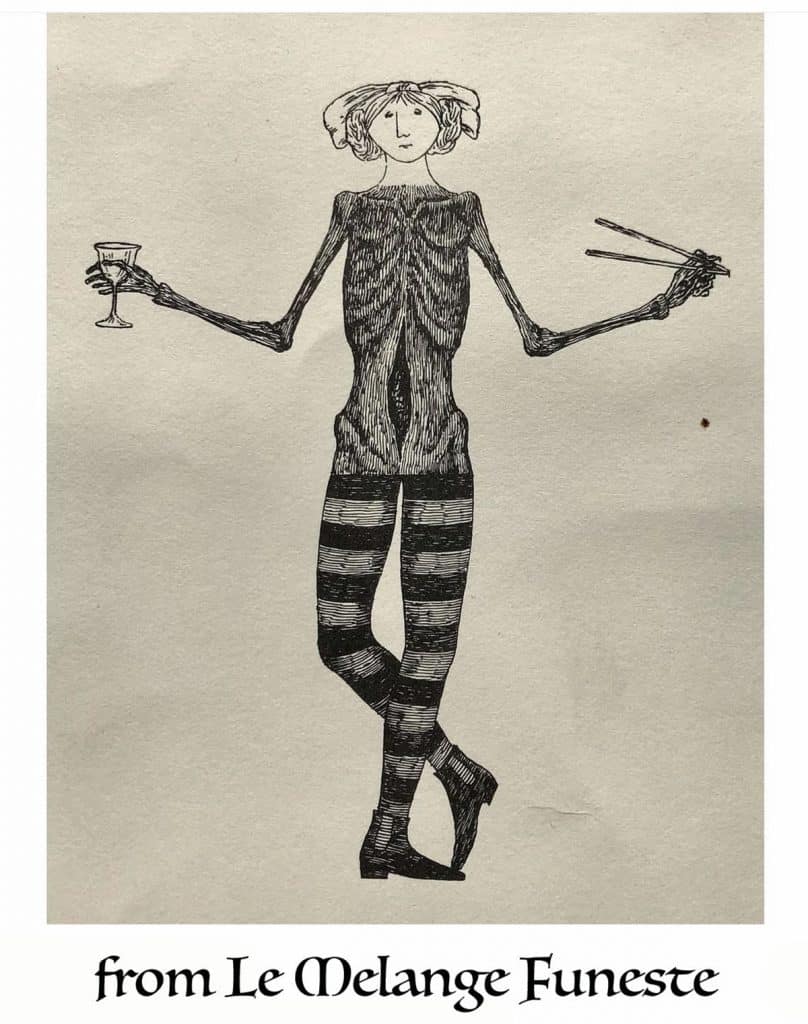
The legacy of Edward Gorey.
The legacy of Edward Gorey is his unique blend of whimsy and macabre has left an indelible mark on the artistic landscape, influencing countless artists, writers, and creators across various mediums. Gorey’s ability to craft narratives that transcend age and culture has solidified his status as a beloved figure in both the art world and popular culture. His work continues to inspire new generations, encouraging them to embrace the unconventional and explore the depths of their creativity.
Gorey’s impact can be seen in the myriad of artists who draw inspiration from his distinctive style and thematic concerns. Contemporary illustrators and writers often cite him as a significant influence in their creative processes, reflecting the profound effect he has had on the evolution of modern art and literature. His work has become a reference point for those exploring the intersection of humor and darkness, inviting them to push the boundaries of their own artistic expression.
Furthermore, the ongoing interest in Gorey’s art is evident through various adaptations and tributes that celebrate his legacy. From theatrical productions based on his works to modern reinterpretations of his illustrations, Gorey’s influence remains relevant in today’s cultural landscape.
The enigmatic universe of Edward Gorey continues to captivate audiences worldwide, drawing them into a world where whimsy and the macabre intertwine. His distinctive artistic style, marked by intricate illustrations and darkly humorous narratives, invites exploration and contemplation.
Gorey’s legacy is not only defined by his artistic contributions but also by the connections he forged with audiences across generations. His ability to evoke a wide range of emotions through his art fosters a sense of community among fans, who continue to celebrate and share their appreciation for his work. The ongoing interest in Gorey’s art, reflected in exhibitions, merchandise, and adaptations, attests to the lasting impact he has had on the artistic landscape.
The enduring allure of Edward Gorey’s art serves as a testament to the richness of imagination and the beauty found in embracing the unconventional. Whether through his whimsical stories or hauntingly beautiful illustrations, Gorey’s work will forever remain a cherished part of the artistic canon, inviting us to explore the depths of our own creativity and curiosity.
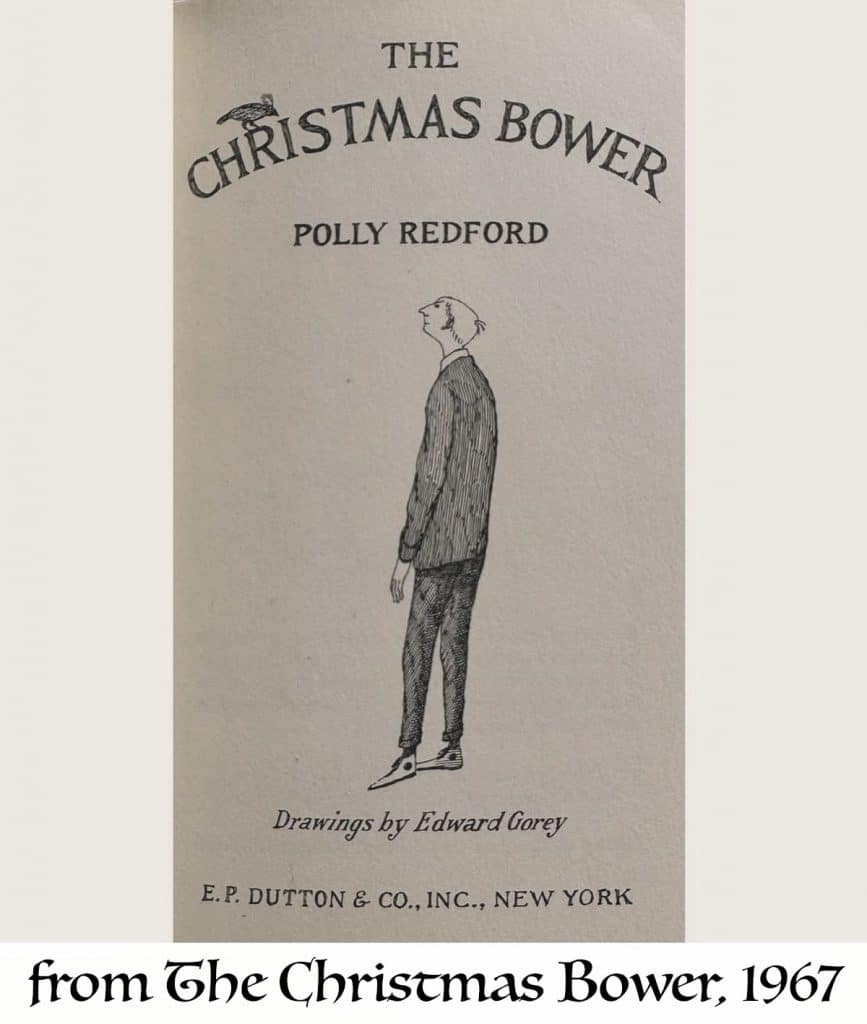

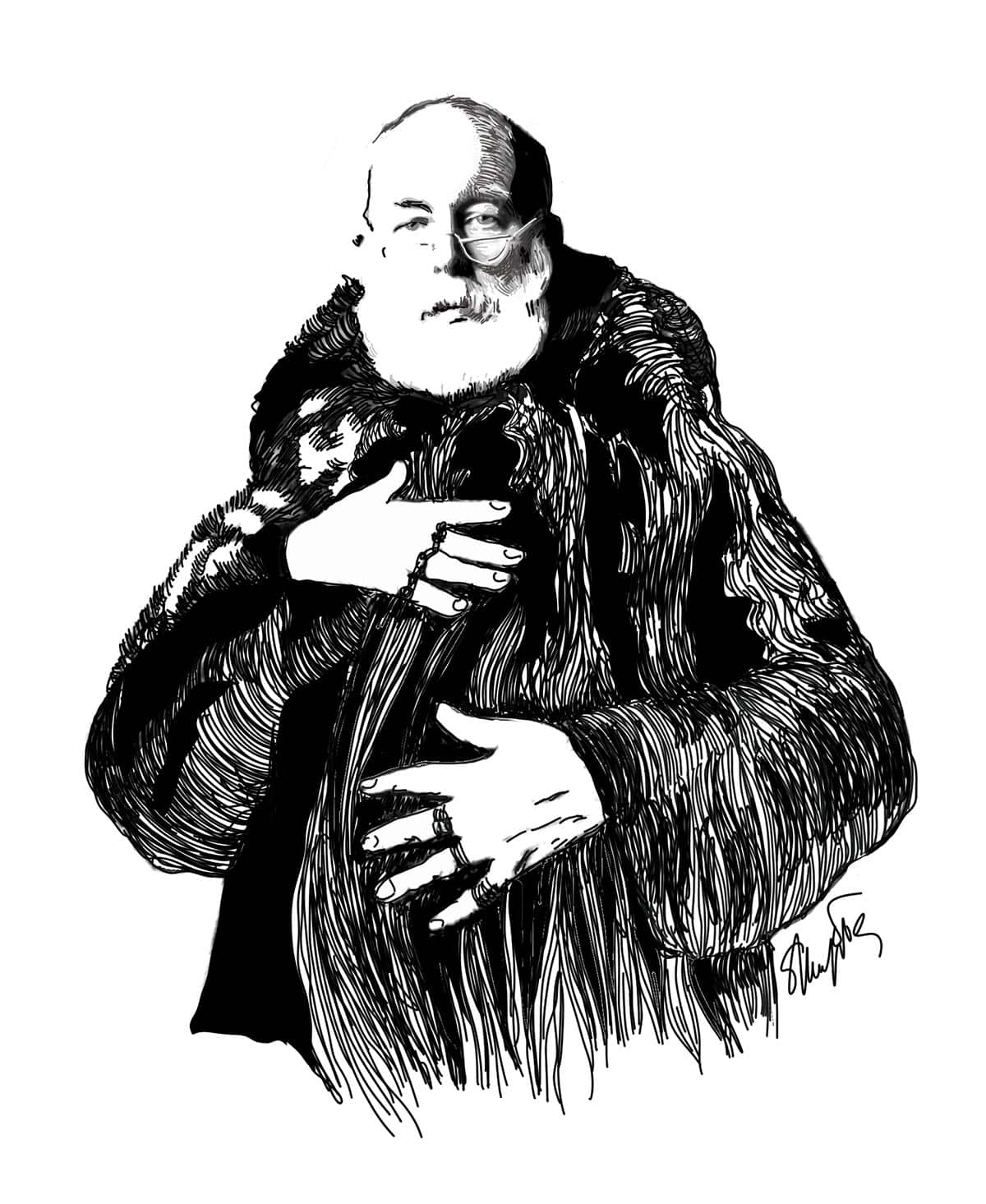

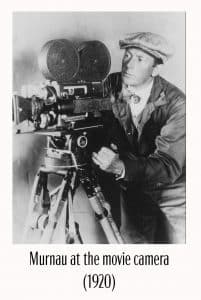
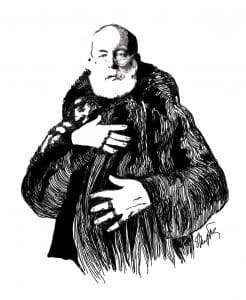
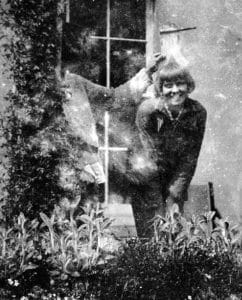

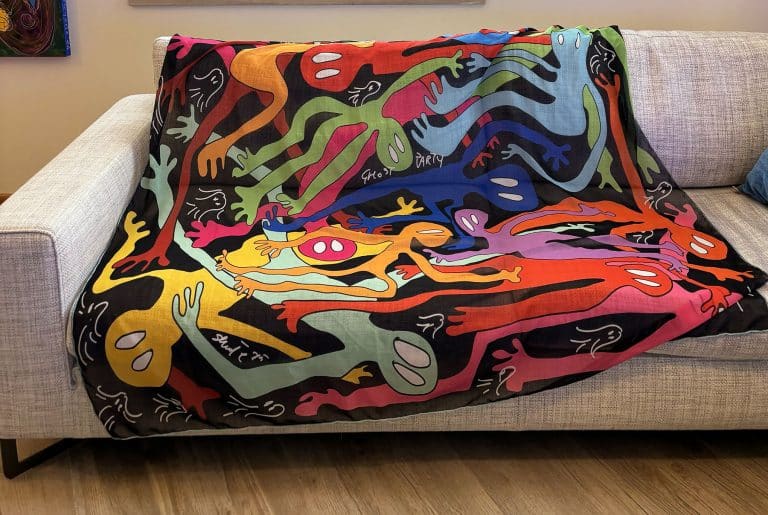


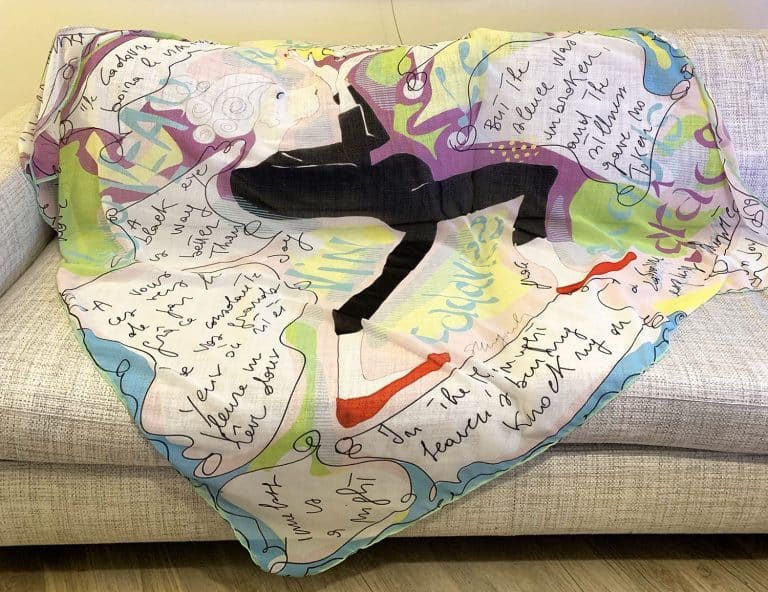

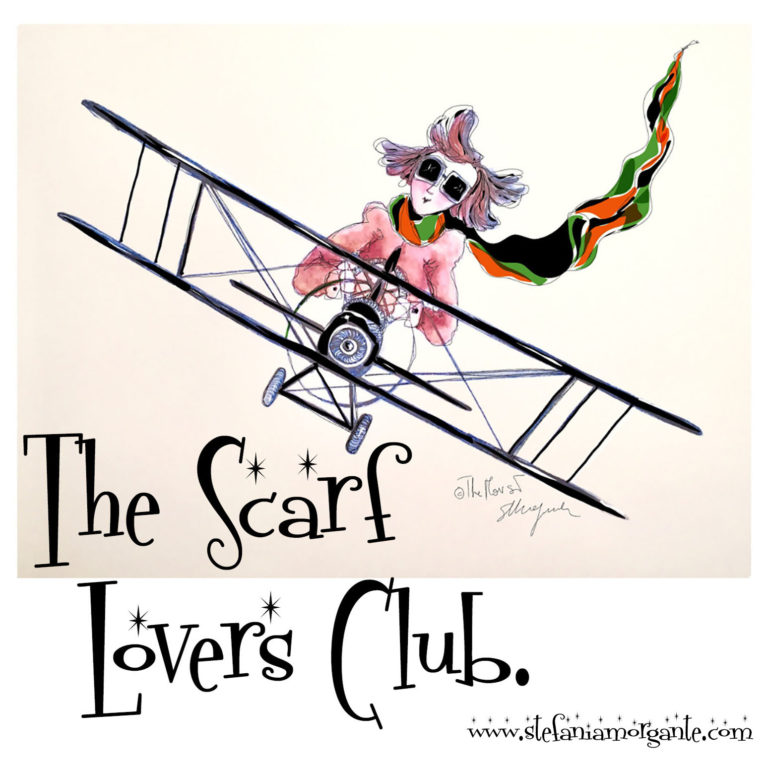
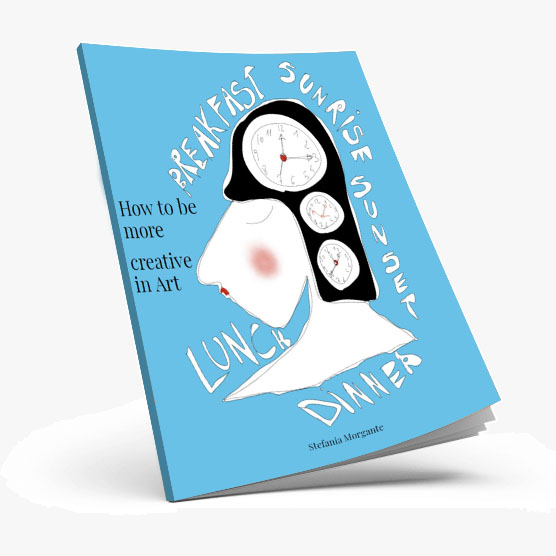
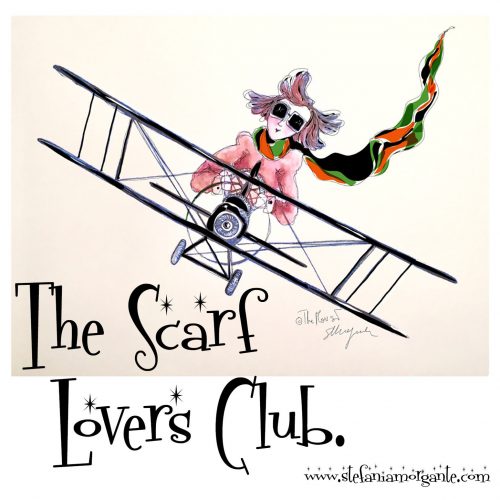


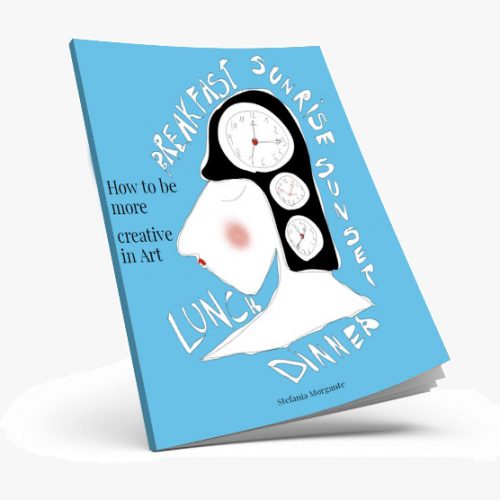


2 thoughts on “The Enigmatic Universe of Edward Gorey”
Nice article. Huge Edward Gorey exhibit in central Texas opening April 10.
Thank you for your comment! It would be wonderful to see an exhibition of his work, what a beautiful exhibition in Texas. If you go, write to me!